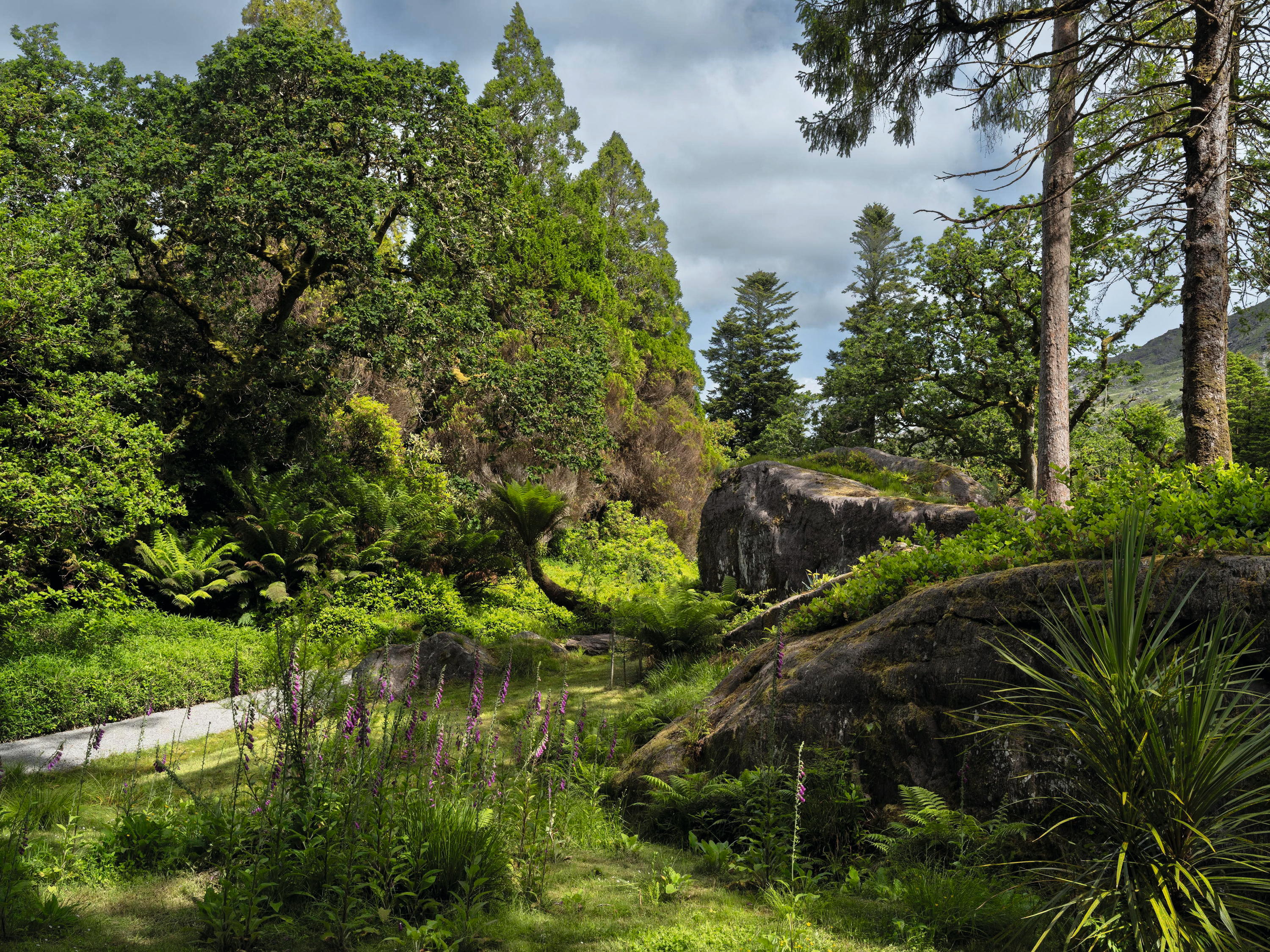Gardening tips for this week
Fruit protection tips, plus runner beans, French beans and compost


Fruit protection
It s time-consuming to protect fruit against frost or pests, but we enjoy the rewards more than anything else in the kitchen garden. This is the peak of the flowering season, so drape fleece over fruit trees and bushes if a frosty night is expected. Take off the fleece during the day, to allow the bees to pollinate the flowers. Strawberries are particularly vulnerable frost damage can be seen later in the distorted summer fruits. Fleece laid over the beds is very effective. Consider putting nests of the mason bee near your fruit trees; as they fly at lower temperatures than honey bees, they help to pollinate early flowering fruit.
Runner beans
It s worth getting an early start with runner beans, even though they re prone to frost. Push two seeds into a 3in Jiffy pot filled with good compost, and leave it in the greenhouse. Make sure the eye (the scar) is facing downwards. Once they germinate, start to harden them off as soon as possible, so that they can be planted out when still small. If needed, it s worth protecting them with fleece, which can be incorporated into the supports. This alternative to direct sowing will help you avoid any late frost, as well as the wet ground and mice that can stop germination.
French beans
If the size of runner beans and their vulnerability to wind damage causes you problems, the French bean s large variety is a good alternative. The soil temperature has to be warm for direct sowing, so try the same method for runner beans. This way, you can sow at intervals during the spring to extend their summer season.
Take care to position your French and runner beans to avoid damage by high winds. Spring-flowering shrubs Forsythia, Ribes (flowering currant) and Viburnum x bodnantense are shrubs not renowned for having elegant shapes, although they re prized for their flowers; by pruning now, as flowering is finishing, you can improve their shape and encourage new growth for next year s flowering. When pruning, try to follow the natural shape of the shrub, while keeping it in proportion to the size of your garden. Shred the clippings and use them as a mulch, or in your compost heap as a woody layer between grass cuttings.
Sign up for the Country Life Newsletter
Exquisite houses, the beauty of Nature, and how to get the most from your life, straight to your inbox.
Compost
We now shut down our open compost heap to start afresh. Most of the winter rubbish has been cleared away, shredded and put on the heap; as grass cutting is already well under way, we use the cuttings to seal the heap. Because we don t turn our heap, a thick layer of grass on the top will heat it up and kill any weed seeds on the surface.
Grass comes thick and fast at this time of year; try to avoid putting too much on the compost at any one time. Think about using it as an inch-thick mulch at the back of your borders, where it s tricky to get in and weed.
Philip Maddison is head gardener at Harrington Hall, Lincolnshire (www.harringtonhallgardens.co.uk)
Country Life is unlike any other magazine: the only glossy weekly on the newsstand and the only magazine that has been guest-edited by HRH The King not once, but twice. It is a celebration of modern rural life and all its diverse joys and pleasures — that was first published in Queen Victoria's Diamond Jubilee year. Our eclectic mixture of witty and informative content — from the most up-to-date property news and commentary and a coveted glimpse inside some of the UK's best houses and gardens, to gardening, the arts and interior design, written by experts in their field — still cannot be found in print or online, anywhere else.
-
 Everything you need to know about private jet travel and 10 rules to fly by
Everything you need to know about private jet travel and 10 rules to fly byDespite the monetary and environmental cost, the UK can now claim to be the private jet capital of Europe.
By Simon Mills
-
 'I'd willingly give a year of my life for a fortnight there': The green dream that is the garden of Derreen
'I'd willingly give a year of my life for a fortnight there': The green dream that is the garden of DerreenExotic woods, labyrinths of narrow, mossy paths and thousands of tree ferns make this an internationally important garden, writes Charles Quest-Ritson. Photographs by Jonathan Hession.
By Charles Quest-Ritson